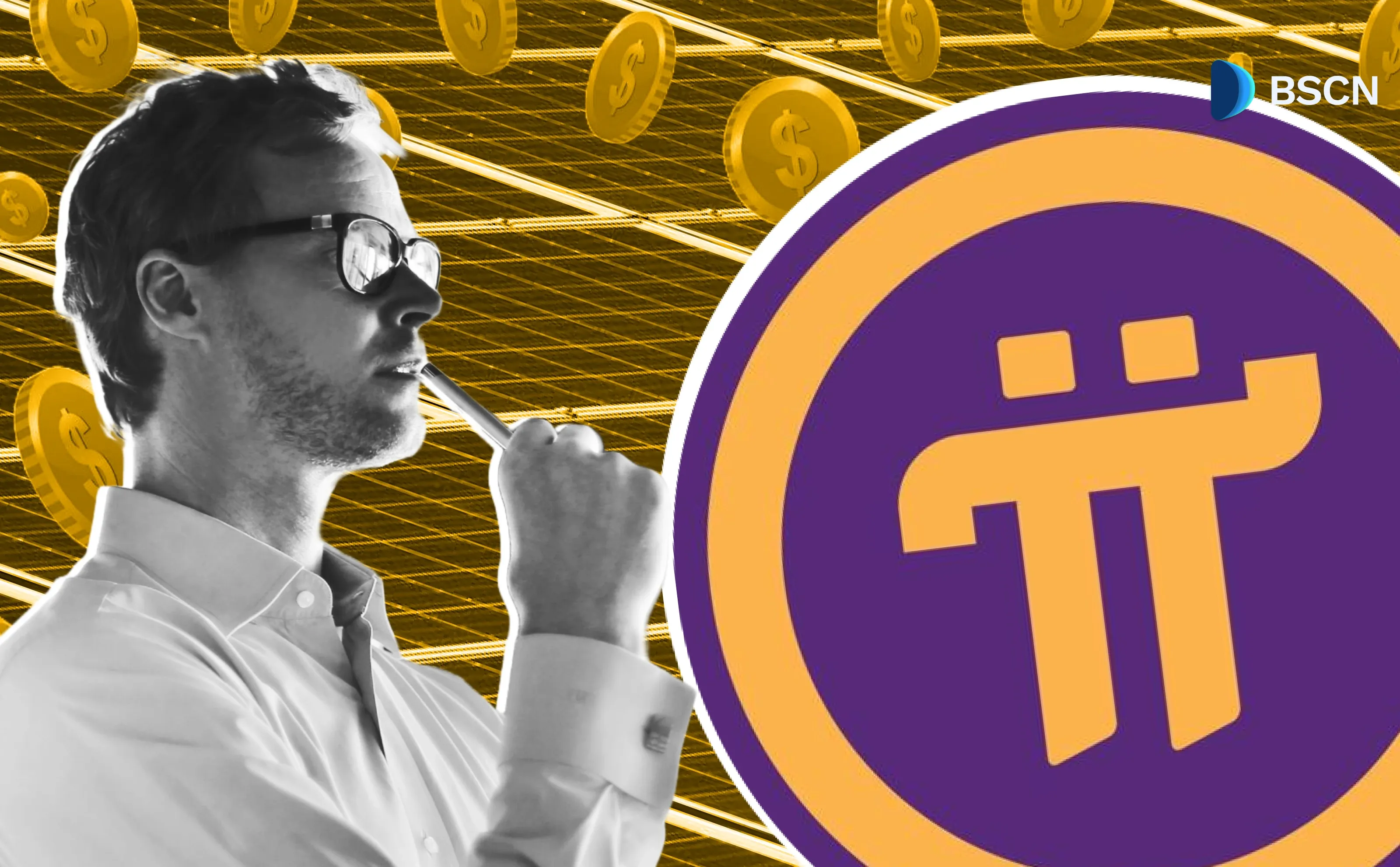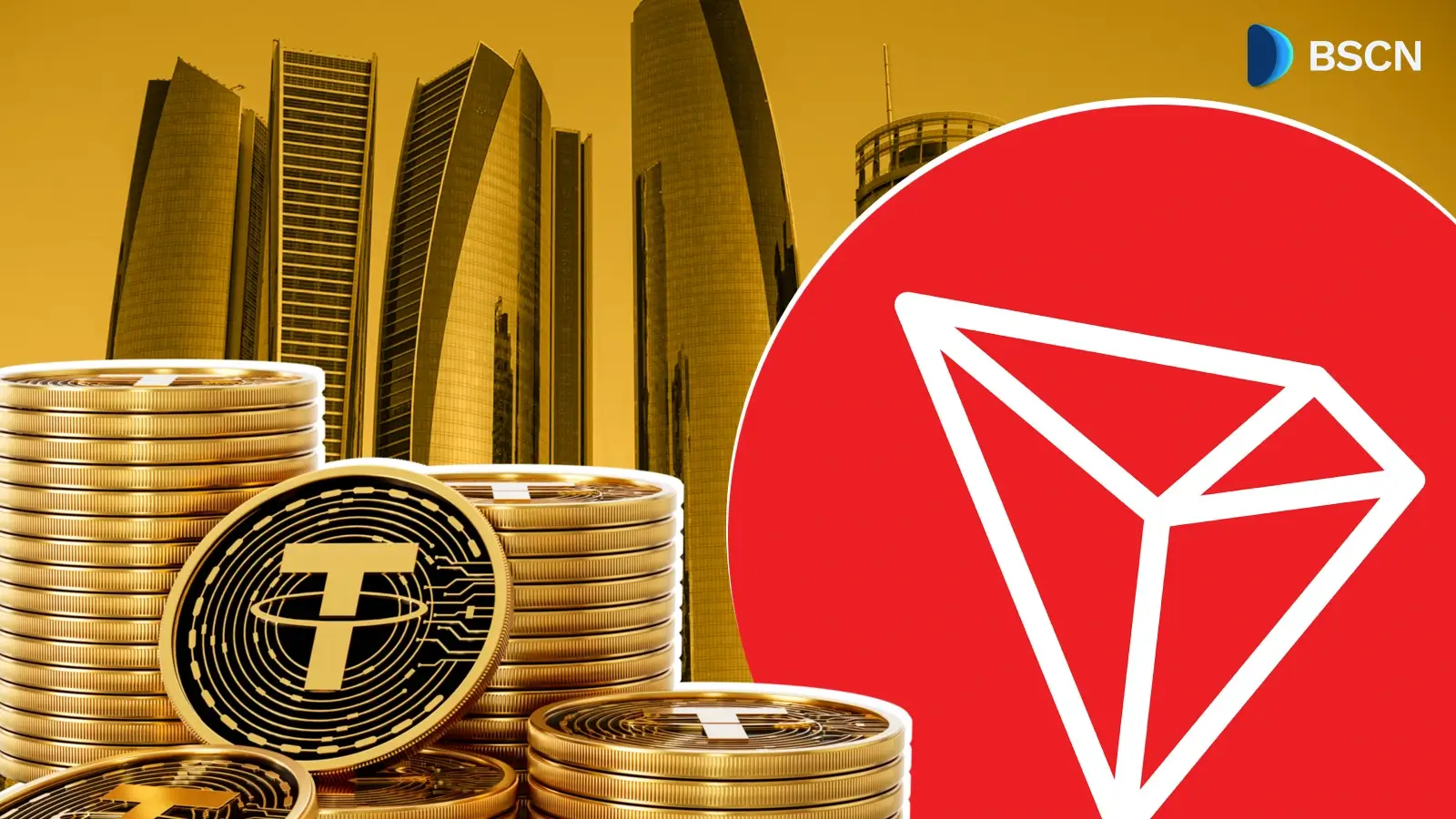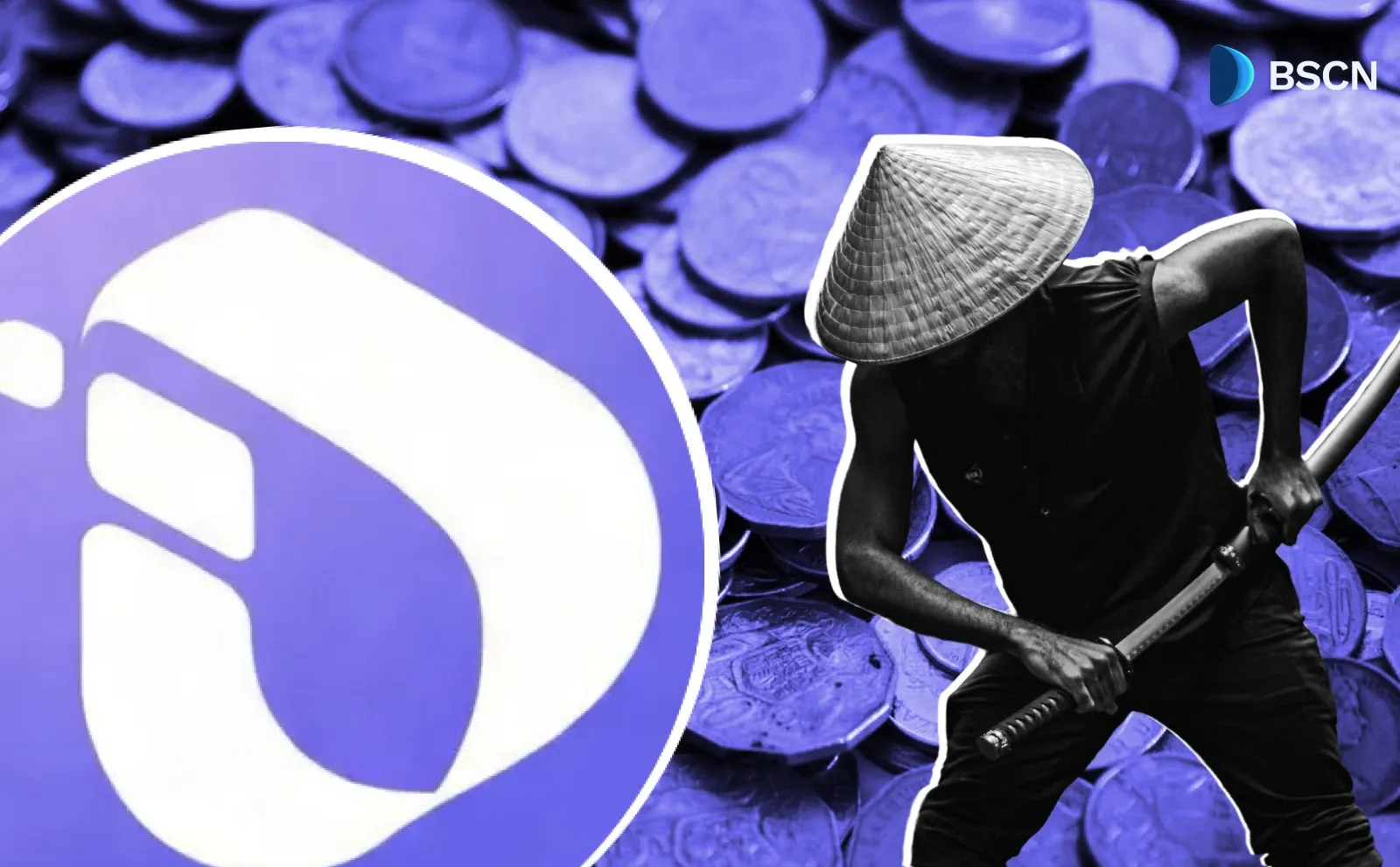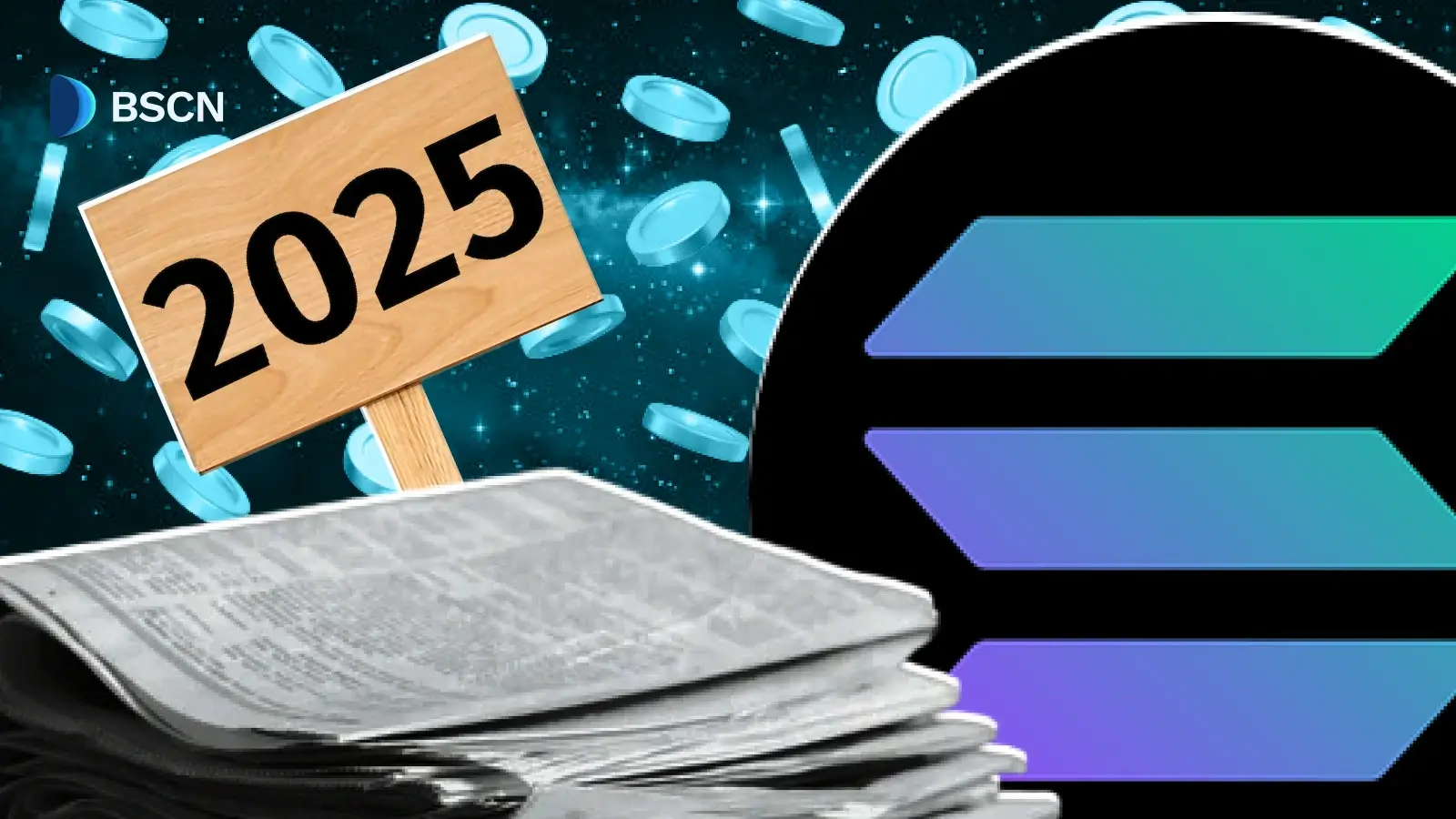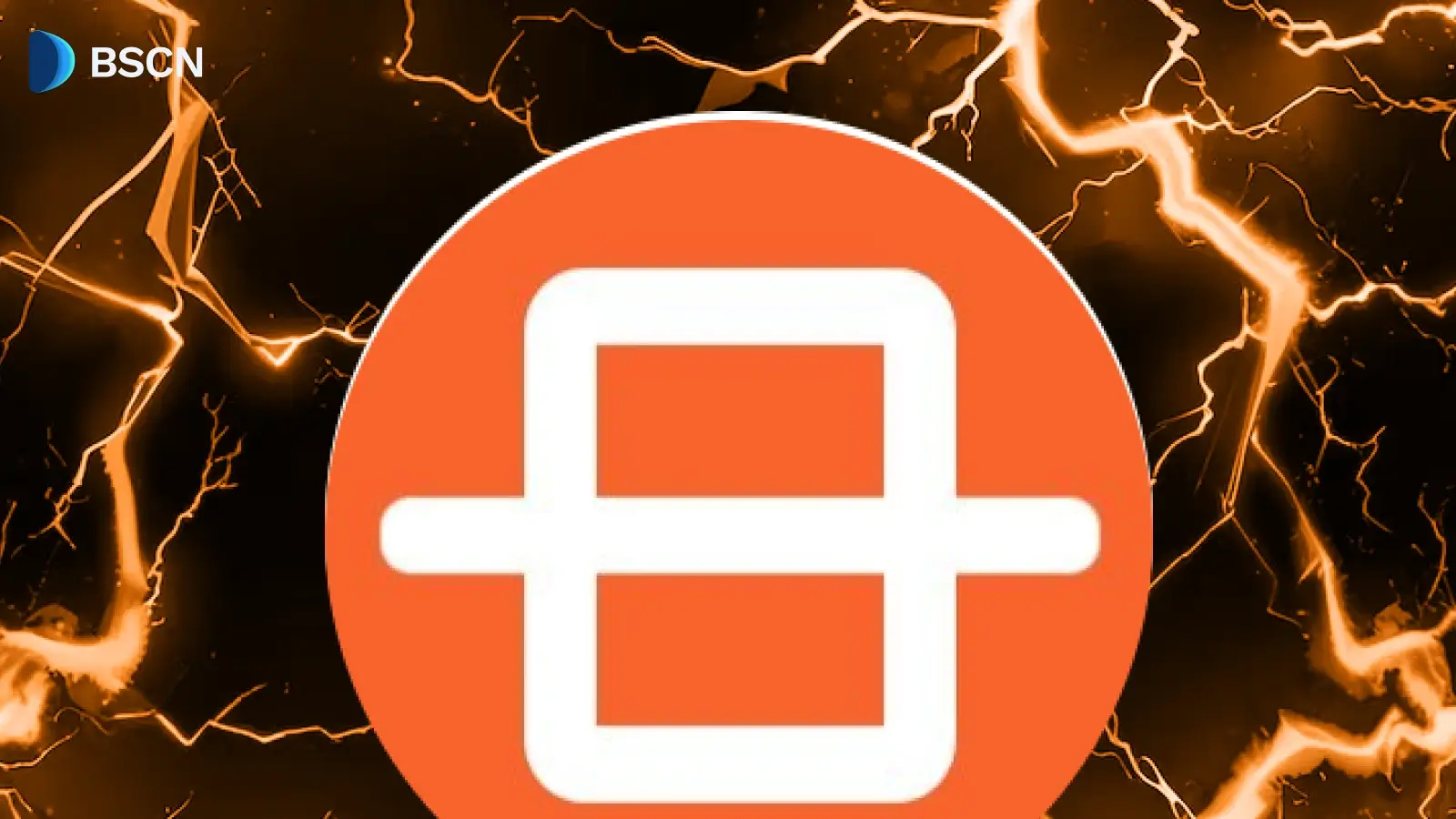BNB
(Advertisement)
Project Insight: Injective Protocol

Injective Protocol is a fully decentralized layer-2 platform, taking the crypto derivatives space by storm with the recent launch of their Solstice Testnet.
BSCN
December 15, 2020
(Advertisement)
Table of Contents
Injective Protocol: The Leading Decentralized Derivatives Exchange
Injective is a fully decentralized layer-2 derivatives platform; it offers users a trade execution coordinator (TEC) and a decentralized order book. Injective leverages layer-2 technology to compile transfers on the Injective Chain using a EVM-compatible environment. The EVM is used on top of the Cosmos-SDK (based on ethermint), allowing scalable implementation on the Ethereum Network.

Why Decentralization?
As Crypto is becoming ever more decentralized, exchanges must follow suit. Traditional Centralized Exchanges (CEX) have many weaknesses concerning coin custody, identity breaches, server downtime, fees, and even insider trading.
DEX’s such as injective protocol negate many of these risks. To begin, users on DEX’s can keep custody of their assets on hardware wallets. Users don’t need to worry about identity risks as Injective is open and permission less; there is no “know your customer” (KYC). On top of this, users don’t experience the taxing trading fees. Lastly, DEX’s remove a central entity that can receive asymmetric information and bolster more inside trading in markets.
While DEX’s offer many benefits, it is also essential to understand their weaknesses as well. Due to a lack of early adoption, DEX’s face liquidity problems. This leads to large spreads in low liquidity pairs. Due to no market-maker providing depth to the market, we witness a negative feedback loop. A lack of liquidity causes a loss of current users and drives away new users who could provide the needed liquidity. On top of this, DEX’s are easy to “front-run,” due to the proof of work (POW) system with an average block time of 15 seconds, users can place their orders at a higher priority for miners. Users who do this will be able to “front-run” DEX’s getting a “fill” before the DEX and profiting on that move.
With that being said, Injective has introduced its features to combat these common issues that DEX’s face.
Key Features:
- Fully decentralized layer two derivatives platform
- Market creation is open and permission less
- Layer-2 technology allows for low latency and zero gas fees
- Complete governance system with voting rights to those who hold INJ tokens
Injective Protocols Innovation
The injective protocol boasts a few key innovations that separate itself from other DEX’s. These can be split into four separate domains, the client, service, Cosmos, and Ethereum. These respectively make up the backbone of the Injective protocol platform.

Client Domain: Injective Exchange Client
This consists of the Injective Exchange Client, which is the frontend that users interact with. The injective team has specifically focused on giving their users “a comprehensive yet friendly graphical user interface,” one that can suit all users alike. Overall the Injective client provides users a complete decentralized exchange that is open source and accessible by anybody.
Service Domain: Injective API & Injective EVM RPC
The service domain provides nodes responsible for transaction relay services, data layer processes, and connection to the Injective EVM. Injective API nodes also simplify the transaction rely approach, resulting in direct interaction. On top of this, the nodes provide data and analytics services compatible with their Injective Exchange Client.
The nodes support the following API services: “Injective Derivatives and Spot Exchange APIs for the Injective Client, the 0x Standard Coordinator API, the Injective Derivatives Protocol Graph Node GraphQL API and other API services required by the Injective Exchange Client
Cosmos Domain: Injective Chain & Injective Explorer
This domain acts as the backbone of Injective Protocol, consisting of the Injective chain. The Injective Chain boasts its completely decentralized order book, Trade execution coordinator (TEC), and EVM execution environment with a token bridge to Ethereum. Incorporating an EVM and the Cosmos-SDK, the injective protocol executes smart contracts that are both scalable and interoperable on top of Ethereum's Proof-of-Work (POW) system.
The Injective Chain incorporates several contracts allowing its users to enjoy all the fruits of decentralized derivates trading.
0x Exchange & Injective Derivatives Contracts
These smart contracts allow users to participate in peer to peer exchanges in spot and derivatives trading. Two contracts are integrated, for spot markets, the 0x V3 Exchange Protocol, and for derivates, the Injective Derivates Protocol. Once written in solidity, these contracts can be deployed onto the EVM, where users interact with them through the exchange client.
Staking Contract
This contract can govern the Injective Protocol and process cross-chain transactions
More detailed info on these smart contracts can be viewed here.
Ethereum Domain:
The Injective EVM Bridge Contracts are smart contracts that ensure stability in the two-way peg between the Ethereum Network and the Injective Chain. These contracts facilitate the secured token bridge between ETH and INJ native tokens.
INJ Tokenomics
INJ’s primary purpose serves as a governance token for the Injective Protocol. This token will allow users to vote on project proposals regarding the futures protocol, exchange parameters, and protocol upgrades.
Another use-case for INJ is that users will be able to collateralize it. Like stable coins and other tokens used for margin, users will be able to INJ as margin in their derivative markets. On top of this INJ can be used in collateral backing or insurance pool staking, which will lock users’ tokens but distribute interest on the locked amount.
On top of this INJ will be used to incentivize market makers and relayers. In this system, makers will pay a .1% exchange fee, and takers will pay .2%. It is essential to understand that market makers will receive a net positive payment in fee rebases to incentivize liquidity, creating a tight spread and a considerable market depth. On top of this, nodes and validators can cater to trades directly through improving API or interfaces, which they will be rewarded for. More information on the formulas used in these incentives can be found here.
The remaining exchange fees will be used for an on-chain buy-back-and-burn, almost acting a dividend for INJ users. This is a bit different, but in principal, the burn adds value to INJ holders.
Finally, a portion of INJ will be distributed to users based on their notional profits. Users who have the highest notional profit will receive the most INJ to reward those who use the protocol the most. This will be done through a snapshot taken daily, where the tokens will be distributed to users daily.
Roadmap

The complete roadmap can be viewed in the image above. I have gone ahead and listed a few key releases to anticipate. For the scale of Injective Protocol, the team is working very diligently and has been on schedule for their roadmap. The team has recently completed the first launch of their public testnet successfully. Overall, 2021 is set to be a massive year for Injective Protocol.
Q1 2021
- Public testnet V2
- Incentivized staking
Q2 2021
- Mainnet V1
- Multiple bridges (Binance Smart Chain)
- Additional liquidity mining
Q3 2023
- Launch 10+ perpetual swaps & expiry futures
- Cross-chain liquidity mining

Concluding Thoughts
Overall the Injective Protocol takes derivatives trading to the next level. Unlike most current DEX’s, Injective can preserve traditional order books without compromising on security or speed. If anything, Injective improves overall safety and operability as it is a decentralized and permission less protocol. Through incorporating layer-2 scaling measures, INJ is also able to have ample throughput to facilitate trades transaction.
Injective protocol solves issues that traditional CEX’s introduce while preserving the novel aspects of them. On top of this, Injective can slash fees and even curb insider trading that can occur on traditional exchanges.
Regarding the tokenomics there are a couple of key data points to look into. The first being the fully diluted market cap, close to $300,000,000; this diluted MC is very high, but emissions for INJ will continue for a couple of years. On top of this, there have been two sales of INJ, one at 8 cents and the other at 40 cents. This isn’t the

biggest deal as seed investors most likely are vested, but it is essential to understand that some buyers are already up hundreds of percent on this token. Overall it is not too worrying as INJ provides an actual use case, addressing many crypto trades’ gripes.
Those of you who currently trade on CEX’s should check out Injective once launched on the mainnet.
Read Next...
Disclaimer
Disclaimer: The views expressed in this article do not necessarily represent the views of BSCN. The information provided in this article is for educational and entertainment purposes only and should not be construed as investment advice, or advice of any kind. BSCN assumes no responsibility for any investment decisions made based on the information provided in this article. If you believe that the article should be amended, please reach out to the BSCN team by emailing [email protected].
Author
 BSCN
BSCNBSCN's dedicated writing team brings over 41 years of combined experience in cryptocurrency research and analysis. Our writers hold diverse academic qualifications spanning Physics, Mathematics, and Philosophy from leading institutions including Oxford and Cambridge. While united by their passion for cryptocurrency and blockchain technology, the team's professional backgrounds are equally diverse, including former venture capital investors, startup founders, and active traders.
(Advertisement)
Latest News
(Advertisement)
Crypto Project & Token Reviews
Project & Token Reviews
Comprehensive reviews of crypto's most interesting projects and assets
Learn about the hottest projects & tokens





